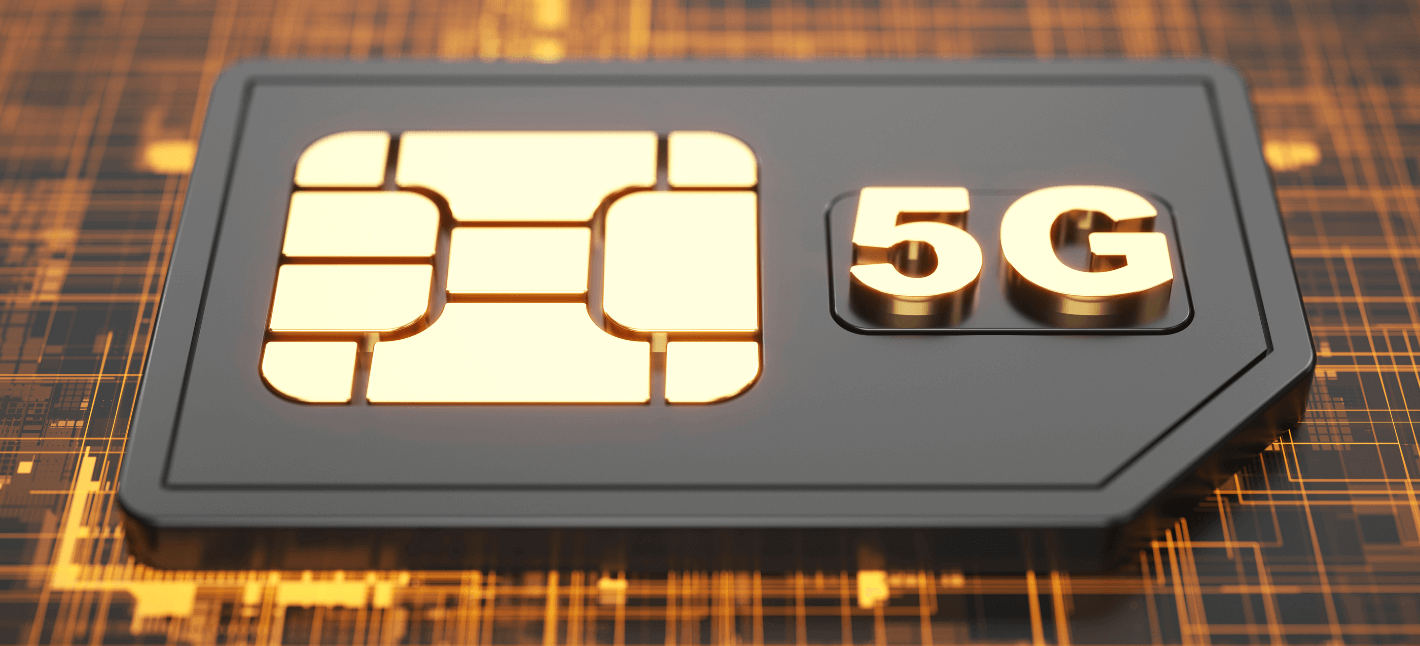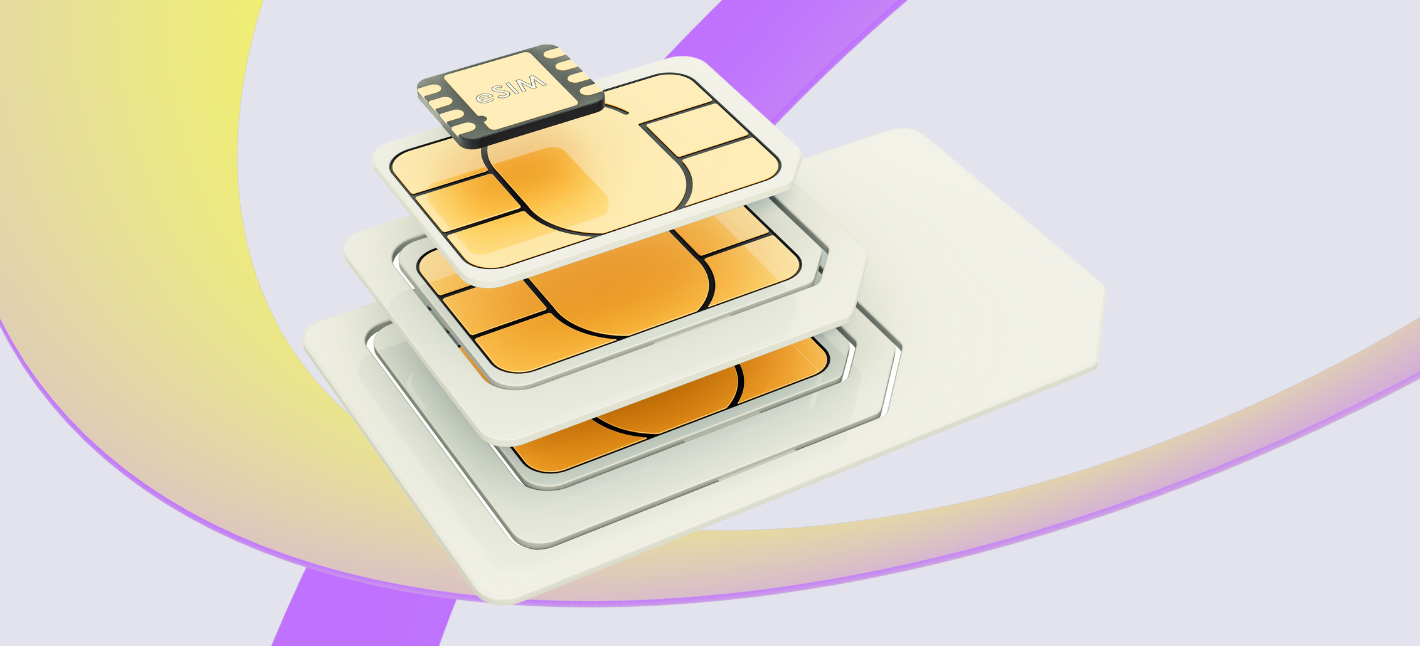IoT Connectivity Definition Enterprise Managed IoT Connectivity Services
The panorama of the Internet of Things (IoT) is huge and diversified, providing an array of connectivity choices tailor-made to completely different use circumstances. In this advanced ecosystem, the selection between cellular and non-cellular IoT connectivity performs a pivotal position in figuring out the success of IoT deployments.
Cellular IoT connectivity utilizes existing mobile networks to facilitate communication. IoT Connectivity Sim. This know-how leverages the infrastructure of established cellular services, thereby guaranteeing broad coverage and excessive data switch rates. The comfort of utilizing cellular networks implies that in depth geographical areas may be coated with out the need for laying new cables or deploying extra infrastructure.
One of the significant advantages of cellular connectivity is its proven reliability. Networks have been optimized over time, making certain that they'll handle a lot of connected gadgets simultaneously. In environments the place consistent and reliable performance is essential, cellular IoT supplies a strong basis, especially for purposes like telemedicine, vehicle monitoring, or smart city options.
Managed IoT Connectivity Platform Future of IoT Technology Connectivity
Conversely, non-cellular IoT connectivity refers to technologies like Wi-Fi, Bluetooth, Zigbee, and LPWAN. These choices often operate in short-range scenarios and are sometimes designed for particular functions. They enable for the establishment of local networks that may obtain high-speed data transfers but with limited vary. This can make them an excellent selection for purposes confined to a particular space, like residence automation or industrial monitoring within a factory.
The selection between these two connectivity sorts primarily hinges on the requirements of the specific application. For example, a sensible meter deployed in a distant location might considerably profit from cellular connectivity because of the prolonged vary and ability to transmit data over longer distances. On the other hand, a smart home device, which operates within a confined space, might utilize Wi-Fi or Bluetooth, given their capability to provide robust native connectivity at lower costs.
Moreover, power consumption varies significantly between cellular and non-cellular technologies. Cellular devices, while increasingly efficient, generally consume extra energy in comparability with their non-cellular counterparts. This is a important consideration for battery-powered gadgets that aim to operate for prolonged intervals while not having frequent recharges or battery replacements. Non-cellular technologies usually enable for energy-saving modes which might prolong operational life, making them ideal for functions the place longevity is paramount.
IoT Connectivity Definition Simplified Global IoT Connectivity
Cost components also play a significant function in making a call between cellular and non-cellular connectivity. The deployment of cellular IoT units sometimes entails service plans that incorporate ongoing subscription costs. In distinction, non-cellular options may require an upfront funding in infrastructure, but they may find yourself in lower operational costs in the long term.
Security concerns come up distinctly in both forms of connectivity. Cellular networks supply a level of built-in safety as a end result of their closed nature and reliance on established protocols. Encryption and authentication processes are typically sturdy, making it difficult for unauthorized customers to access the community. Non-cellular technologies, while handy, can probably expose devices to elevated security risks, particularly in open networks like public Wi-Fi - IoT Connectivity Solutions.
The scalability of an IoT system is one other issue to consider when deciding on connectivity choices. Cellular networks have a tendency to provide greater scalability because of their capacity to accommodate a large volume of units over broad areas. This is especially helpful for enterprises looking to expand their IoT deployments without the necessity to overhaul current infrastructure.
Long Range IoT Connectivity Best IoT Connectivity Management Software
Non-cellular networks can also scale, but they are often limited by vary and information dealing with capabilities. In these details congested environments or densely populated areas, the efficiency of non-cellular choices could diminish, creating bottlenecks that might have an result on the general effectivity of an IoT ecosystem. This contrast can affect the long-term viability of an answer relying on the anticipated progress and complexity of the appliance.
Latency is an important factor that distinguishes cellular and non-cellular IoT connectivity. Cellular networks have improved significantly over recent years, but latency can nonetheless be larger compared to some non-cellular alternate options. For purposes requiring real-time responses, similar to autonomous driving or industrial automation, lower latency connections are essential. In such circumstances, edge computing mixed with non-cellular technologies may provide the necessary response times.
In summation, the choice between cellular and non-cellular IoT connectivity is way from simple. Each option carries distinctive advantages and downsides that cater to different software wants. Understanding the precise requirements of a project, from range and reliability to energy consumption and price, is key to creating a well-informed selection.
The direction of IoT deployments continues to evolve, with developments and improvements in each cellular and non-cellular technologies constantly reshaping the panorama. As organizations turn out to be increasingly conscious of the implications of their connectivity decisions, the importance of tailor-made solutions to suit unique use cases will solely continue to grow.
IoT Connectivity Control Options for Choosing IoT Connectivity

Future developments in standards and protocols might bridge some gaps between cellular and non-cellular choices, probably leading to hybrid options that capitalize on the strengths of each. Exploring these avenues will be essential for stakeholders in navigating the ever-changing world of IoT connectivity.
Ultimately, as businesses embark on their IoT journeys, the right connectivity choice will significantly impact their operational efficiency, value management, and ability to innovate. By carefully considering all relevant components, organizations can harness the total potential of their IoT initiatives, leading to transformative outcomes in countless useful link industries.
- Cellular IoT connectivity leverages established cell networks, offering intensive protection in city and rural areas.
- Non-cellular IoT choices, similar to LoRaWAN and Sigfox, are often cheaper to deploy and maintain as a result of their lower infrastructure necessities.
- Cellular connections usually supply greater data transfer charges, making them suitable for applications requiring real-time knowledge transmission.
- Non-cellular solutions are inclined to eat less energy, prolonging the lifespan of battery-operated gadgets in distant purposes.
- The rollout of 5G know-how enhances cellular IoT capabilities, allowing for extra gadgets to connect simultaneously with minimal latency.
- Non-cellular technologies could face challenges with vary and scalability, notably in densely populated environments with interference.
- Security features vary, with cellular connections usually incorporating superior encryption standards, while non-cellular choices might use simpler security protocols.
- Geographic and environmental components can influence the performance of non-cellular systems, making them much less reliable in certain areas.
- Device management and over-the-air updates can be extra streamlined with cellular connectivity due to existing frameworks supported by telecom suppliers.
- The selection between cellular and non-cellular IoT connectivity largely depends on particular use instances, costs, and desired network capabilities.
What is the principle difference between cellular and non-cellular IoT connectivity?
Cellular IoT connectivity makes use of cellular networks, permitting units to communicate over lengthy distances. Non-cellular IoT connectivity relies on alternate options like Wi-Fi, Bluetooth, or LoRaWAN, sometimes suited for shorter ranges and particular environments.
Web Connectivity In IoT IoT Connectivity as the Foundation
Which connectivity possibility is more dependable for IoT applications?
Cellular connectivity generally presents higher reliability due to strong community infrastructure and protection. Non-cellular options could be less dependable, especially in areas with weak alerts or data congestion.
How do costs examine between cellular and non-cellular IoT connectivity?
Managed IoT Connectivity Consolidation of IoT Connectivity
Cellular connectivity typically incurs greater operational prices because of data plans and subscription fees, whereas non-cellular choices would possibly involve lower upfront costs but can incur bills associated to maintenance and infrastructure.
What forms of IoT functions benefit most from cellular connectivity?
Applications requiring constant data transmission or broad geographic protection, similar to vehicle monitoring, smart cities, and distant monitoring, considerably profit from cellular connectivity.
Aws IoT Connectivity Exploring the World of IoT Connectivity
In what situations is non-cellular IoT connectivity preferred?
Non-cellular IoT connectivity is most popular in situations where budgets are limited, such as home automation and native sensor networks, or the place units have to operate within a contained area.
How does energy consumption range between cellular and non-cellular IoT devices?
Cellular gadgets sometimes eat extra energy because of their need to continuously talk over cell networks. Non-cellular units could be designed for low-power consumption, particularly in short-range purposes.
IoT Connectivity Technologies Types of IoT Connectivity Explained

Is safety different between cellular and non-cellular IoT options?
Both cellular and non-cellular options have unique safety challenges. Cellular networks usually have built-in security protocols, while non-cellular options require further measures, like encryption, to guard data.
Managed IoT Connectivity Platform Growth of Usable IoT Satellites

Can non-cellular IoT connectivity scale effectively?
While non-cellular IoT connectivity can scale when it comes to the variety of devices, it may face limitations in efficiency and range. Cellular networks are designed to handle numerous connections successfully, making them a better choice for scalable purposes.
Long Range IoT Connectivity Choosing the Right IoT Connectivity
What role does latency play in selecting between cellular and non-cellular IoT connectivity?

Latency could be essential for purposes requiring real-time responses, similar to autonomous automobiles. Cellular networks sometimes supply lower latency than many non-cellular options, making them preferable for time-sensitive functions.